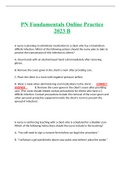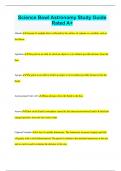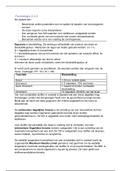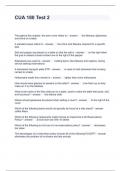College aantekeningen
Organizational Theory, Chapters 1-2-3
These are the notes for the Organizational theory1, inlcuding chapters 1-2-3. It is m,ostly about the missions, the goals, the structures, what a startup needs and how to measure them. Please leave an honest review with suggestions if you didn't like something so I can improve them for you :D
[Meer zien]














